Morning Eye Candy: Koi Haiku
Posted in Photography on May 22 2011, by Ann Rafalko
Spotted koi, still pool
Ripples of wind, stormy sky
Encircled by glass.
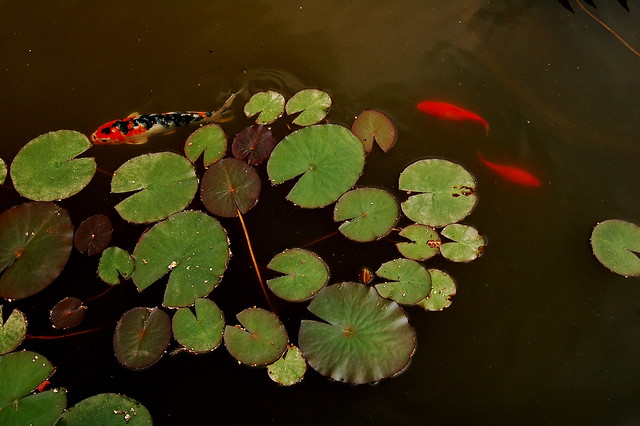
Koi in the Conservatory Courtyard Pool (photo by Ann Rafalko)
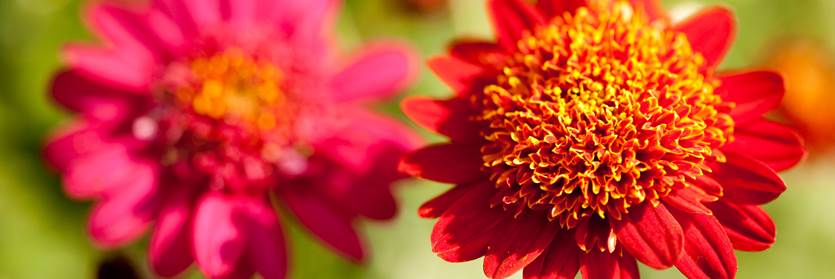
Inside The New York Botanical Garden
Posted in Photography on May 22 2011, by Ann Rafalko
Spotted koi, still pool
Ripples of wind, stormy sky
Encircled by glass.

Koi in the Conservatory Courtyard Pool (photo by Ann Rafalko)
Posted in Photography on May 21 2011, by Ann Rafalko
The peonies that line Perennial Garden Way are getting set to explode into a riot of color and aroma. There are a few out, and hundreds more just waiting for the perfect weather to burst forth into a profusion of petals. Here’s a few of the early peonies to get you set for peony prime time!
‘Do Tell’
‘Kevin’ – Isn’t it great that there’s a peony named Kevin?
‘John Harvard’ – This peony which bears the colors of the Ivy League school founded by the man it is named for was one of the first to open this year, and is still going strong.
‘Carina’
‘Golden Wings’
‘Firelight’
‘Cythera’
Photos by Ann Rafalko.
Posted in Spanish Paradise; Gardens of the Alhambra on May 20 2011, by Ann Rafalko
| Ann Rafalko is Director of Online Content. |
Spanish Paradise: Gardens of the Alhambra doesn’t open to the public until tomorrow, but today, Members get a first look, or maybe I should say first sniff, at our latest exhibition. Why first sniff? Because this exhibition in the Enid A. Haupt Conservatory smells AMAZING! And it sounds pretty good, too. The tinkling of water, soft strains of guitar music, and bird tweets meld together with the heady perfume and sublime gardens to create a true paradise on earth.
Posted in Photography on May 20 2011, by Ann Rafalko
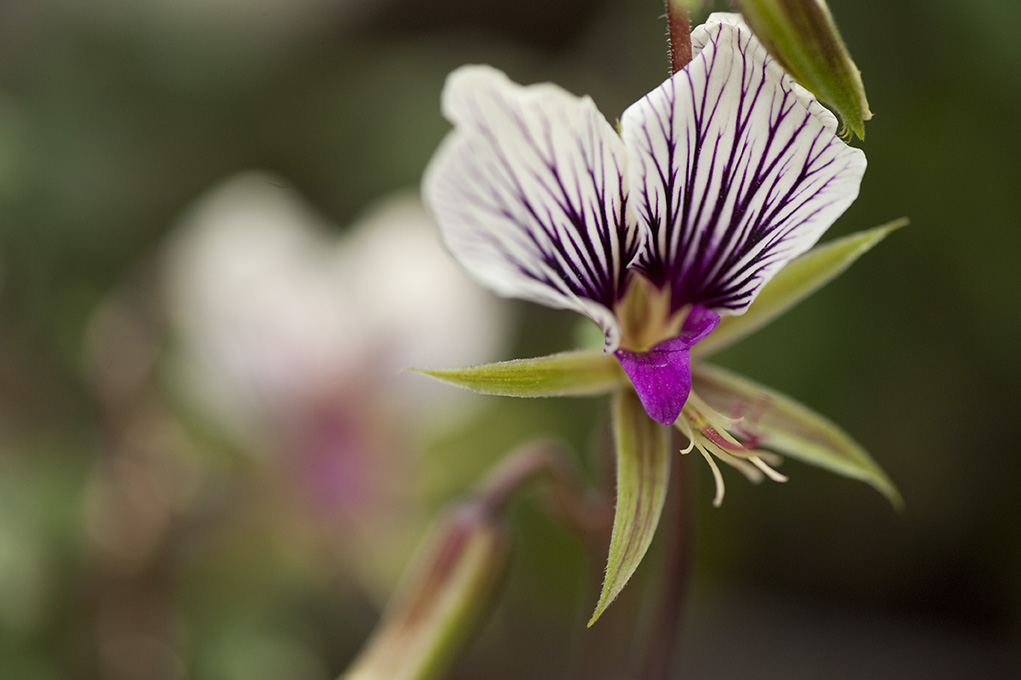
Pelargonium praemorsum (photo by Ivo M. Vermeulen)
Posted in Photography on May 19 2011, by Ann Rafalko
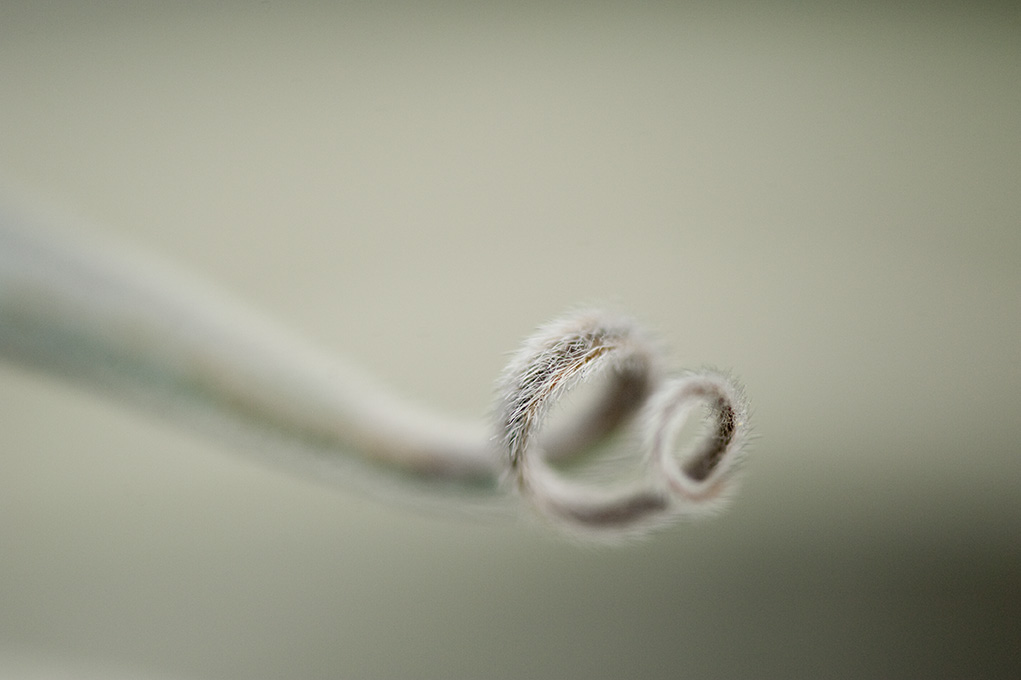
Echium wildpretii ssp. wildpretii (photo by Ivo M. Vermeulen)
Posted in Around the Garden, Shop/Book Reviews on May 18 2011, by Selena Ahmed
Ed. note: Selena Ahmed, ethnobotanist and author of the gorgeous new book Tea Horse Road will be at the Garden for a book signing this Saturday, May 21 at 3 p.m at Shop in the Garden. I first saw Selena’s book in a colleague’s office. The absolutely stunning photographs, taken by Michael Freedman, drew me in, but it is Selena’s tales that bring this fascinating book to life. We are currently working with Michael, who is traveling China, to put together a post of his photographs, so stay tuned. But why wait? Pick up a copy of Tea Horse Road this Saturday. You won’t be disappointed.
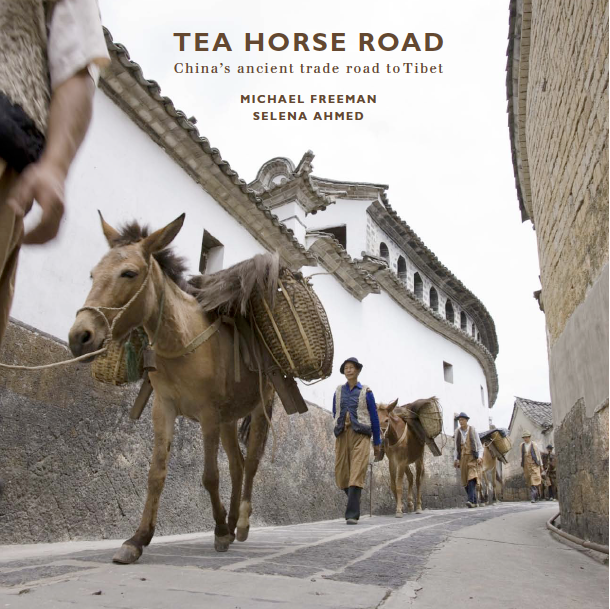 My new book, Tea Horse Road: China’s Ancient Trade Road to Tibet, with photographer Michael Freeman explores lives and landscapes along the world’s oldest tea trading route. Our journey starts in tropical montane forests in China’s southern Yunnan Province. This is the birthplace of the tea plant, Camellia sinensis (Theaceae). The cultural groups of Yunnan including the Bulang, Akha have produced and consumed tea for centuries for its well-being and stimulant properties. They traditionally grew tea plants as trees of several meters tall without the use of chemical fertilizers, pesticides and herbicides.
My new book, Tea Horse Road: China’s Ancient Trade Road to Tibet, with photographer Michael Freeman explores lives and landscapes along the world’s oldest tea trading route. Our journey starts in tropical montane forests in China’s southern Yunnan Province. This is the birthplace of the tea plant, Camellia sinensis (Theaceae). The cultural groups of Yunnan including the Bulang, Akha have produced and consumed tea for centuries for its well-being and stimulant properties. They traditionally grew tea plants as trees of several meters tall without the use of chemical fertilizers, pesticides and herbicides.
While tea cultivation spread where climatic conditions allowed, the practice of drinking tea reached far beyond. During the 7th century, the Tibetan kingdom to the north of Yunnan came into contact with tea, and the drink soon became central to the Tibetan people’s diet. Tea functioned to reduce the oxidative stress of Tibet’s high altitudes and as a dietary supplement in an environment with limited fruit and vegetable production. These same extreme conditions mean that tea has remained an imported item from tropical and sub-tropical areas in China’s Yunnan and Sichuan provinces. The demand for tea led to the creation of a network of trails extending more than 3,000 kilometers, carved through forests and mountains, with Lhasa at its core. This network collectively became known as the South West Silk Road or Cha Ma Dao, the Tea Horse Road.
However, tea was only one side of the trade equation: China was in constant search for warhorses that made its armies more mobile allowing the kingdom to maintain control over the empire. Abundant natural resources along with tea and horses were exchanged on the Tea Horse Road over the course of 2 millennia, linking cultures and natural resources beyond their surroundings. In its day, the Tea Horse Road touched the lives of many. These were the tea farmers on the southern mountains, the caravan leaders, the Tibetan lados skilled at traversing high passes and the porters with 100-kilo loads on their backs. This book is their story, narrated against the backdrop of some of the world’s most rugged and powerful landscapes.
Trade along the Tea Horse Road declined in the 20th century as horses ceased to have a major military use. Roads were paved allowing for more efficient transport, and policies and markets transitioned. As the Tea Horse Road acquires a historical presence, it is easy to forget its vital former role of maintaining community health, sustainable agriculture, livelihoods, and cultural exchange.
The research for my new book, Tea Horse Road: China’s Ancient Trade Road to Tibet, is partly based on my doctoral study at The New York Botanical Garden supervised by Dr. Charles M. Peters and guided by NYBG curators Drs. Amy Litt, Michael Balick, and Christine Padoch. My goal for this book was to disseminate findings from my doctoral study to a wide audience. The narrative is accompanied by Michael Freeman’s stunning visual documentation and is published by River Books.
Posted in Photography, Wildlife on May 18 2011, by Ann Rafalko
NYBG Member and photographer Laura Meyers sent this picture in to us. She says, “This nest is right off the bridge between the Twin Lakes. Took the picture this Friday, May 13. The Garden looks soooo beautiful this time of year.”
Thanks for the picture and the kind words Laura!
See more of Laura’s fabulous photos on her website: www.laurameyers.com and on her blog: Bird’s Eyes and Butterflies.
Do you have a photo you’d like to share with us? You can send it to us at blog AT nybg DOT org, or you can submit it through our tumblr blog here.
Posted in Photography on May 18 2011, by Ann Rafalko
It’s just a few more days until we fling wide the doors of the Conservatory on our latest exhibition, Spanish Paradise: Gardens of the Alhambra. It’s going to be incredible! Here’s a mirador into the preparations. Are you planning to visit?
Posted in Gardening Tips on May 17 2011, by Sonia Uyterhoeven
 |
Sonia Uyterhoeven is Gardener for Public Education. |
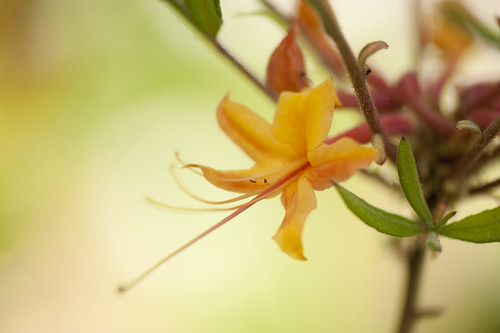
The majority of azaleas native to North America hail from the states running down the Appalachian mountain range; from Maine to Florida. All of the North American natives are deciduous, tend to have open, loosely branched habits, are known for their hardiness, and for their exquisite fall foliage. Many are scented, with perfumes ranging from sweet to spicy.
Though azaleas in general prefer part sun and moist, humus-rich, well-drained soil, among species there is a broad spectrum of tolerance for heat, moisture, and hardiness. Flowering times are also wide ranging: from early April into August.
Following are some native species and their cultivars that can be found in the Azalea Garden.
Posted in Around the Garden, Video on May 17 2011, by Ann Rafalko
We seem to have hit a bit of a rough patch in the weather in New York City; it has rained everyday since Saturday, and the forecast says that there’s more in store. But, that needn’t put a damper on your plans to visit the Garden. The Garden is beautiful in the rain. Here’s a little video we put together celebrating the Garden in the rain, featuring the poetry of iconic New York City poet Langston Hughes.
Narration by Henry Kaiser. Find Henry on twitter @KaiserHenry.